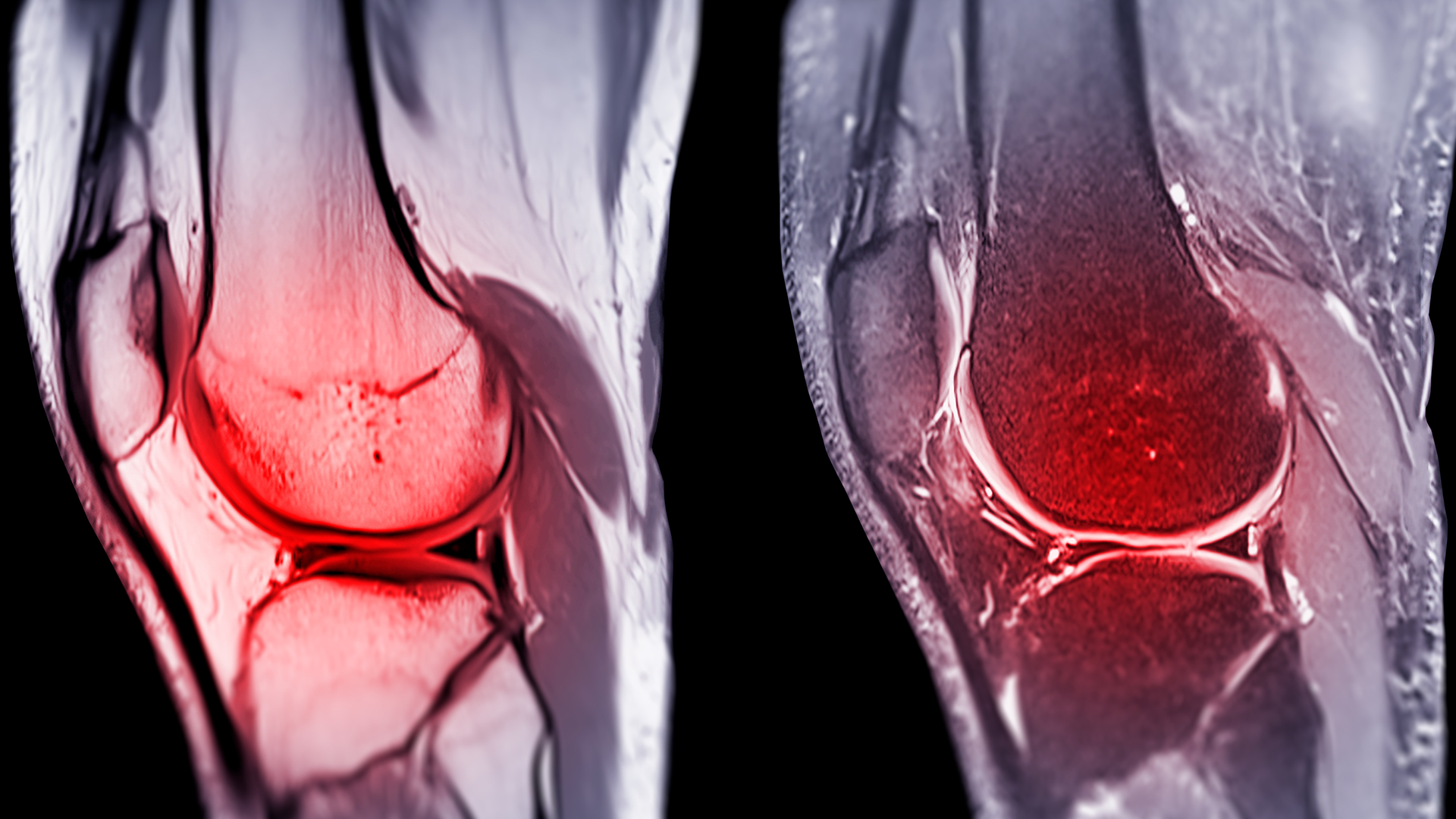No Products in the Cart

Understanding ACL Injuries:
Before delving into the study's findings, let's first understand what ACL injuries entail. The anterior cruciate ligament is one of the major ligaments in the knee, providing stability and preventing excessive forward movement of the tibia (shin bone) in relation to the femur (thigh bone). Injuries to this ligament often occur during sudden stops, changes in direction, or direct impact, common in sports like soccer, basketball, and skiing.
When the ACL is injured, it can result in symptoms such as pain, swelling, instability, and difficulty bearing weight on the affected knee. Severe tears often require surgical reconstruction followed by extensive physical therapy to regain strength and function.
Role of Knee Braces:
Knee braces are commonly used in sports and rehabilitation settings. They come in various forms, including soft braces made of flexible materials like neoprene and rigid braces made of harder materials like plastic or metal. These braces are designed to provide support, stability, and sometimes compression to the knee joint.
Many athletes wear knee braces to prevent injuries, especially those with a history of knee problems or those engaging in high-impact sports. Others wear them after an injury to protect the knee during the healing process or to provide added confidence and stability when returning to activity.

The 2020 Study:
Now, let's focus on the study that raised questions about the effects of knee braces on ACL injuries. Published in a reputable sports medicine journal, the study aimed to investigate how different types of knee braces impact knee biomechanics, specifically looking at internal rotation.
Biomechanics refers to the study of how forces affect the body's movements. Internal rotation of the knee occurs when the tibia rotates inwards relative to the femur. Excessive internal rotation can lead to instability and abnormal loading of the knee joint, potentially increasing the risk of ACL injuries.
The researchers recruited a group of athletes without a history of knee injuries and conducted biomechanical analyses while the participants performed various movements, such as jumping and cutting. They compared knee movements with no brace, a soft brace, and a rigid brace.
Surprising Findings:
The results of the study were unexpected. Both the soft and rigid knee braces led to increased internal rotation of the knee compared to when no brace was worn. This finding was consistent across different types of movements tested.
Increased internal rotation is concerning because it can place additional stress on the ACL, potentially making it more vulnerable to injury. Additionally, abnormal knee rotation can alter the distribution of forces within the knee joint, leading to uneven wear on cartilage and other structures.
Implications for ACL Injuries:
So, what does this mean for athletes and individuals considering knee braces? While knee braces can provide support and stability, especially during rehabilitation, it's essential to be aware of their potential effects on knee biomechanics.
Athletes with a history of ACL injuries or those at higher risk should consult with a sports medicine professional before using knee braces. It's crucial to weigh the benefits of added support against the possible risk of increased internal rotation and instability.
Furthermore, the study underscores the importance of proper brace selection and fit. Ill-fitting braces or ones not designed for a specific activity could potentially exacerbate biomechanical issues rather than alleviate them.
Conclusion:
In conclusion, the 2020 study on knee braces and ACL injuries provides valuable insights into the complexities of knee biomechanics. While knee braces are a common tool for injury prevention and support, they may have unintended effects on knee stability, particularly in terms of increased internal rotation.
Athletes and individuals should approach the use of knee braces with caution, especially if they have a history of knee injuries or are at higher risk for ACL tears. Consulting with a sports medicine professional can help in selecting the most appropriate brace and understanding its potential impact on knee biomechanics.
Ultimately, the goal is to strike a balance between providing support and minimizing risks, ensuring that knee braces serve their intended purpose without compromising knee health. Further research in this area will continue to refine our understanding of knee braces and their effects on ACL injuries, guiding athletes and healthcare professionals in making informed decisions for optimal knee care.